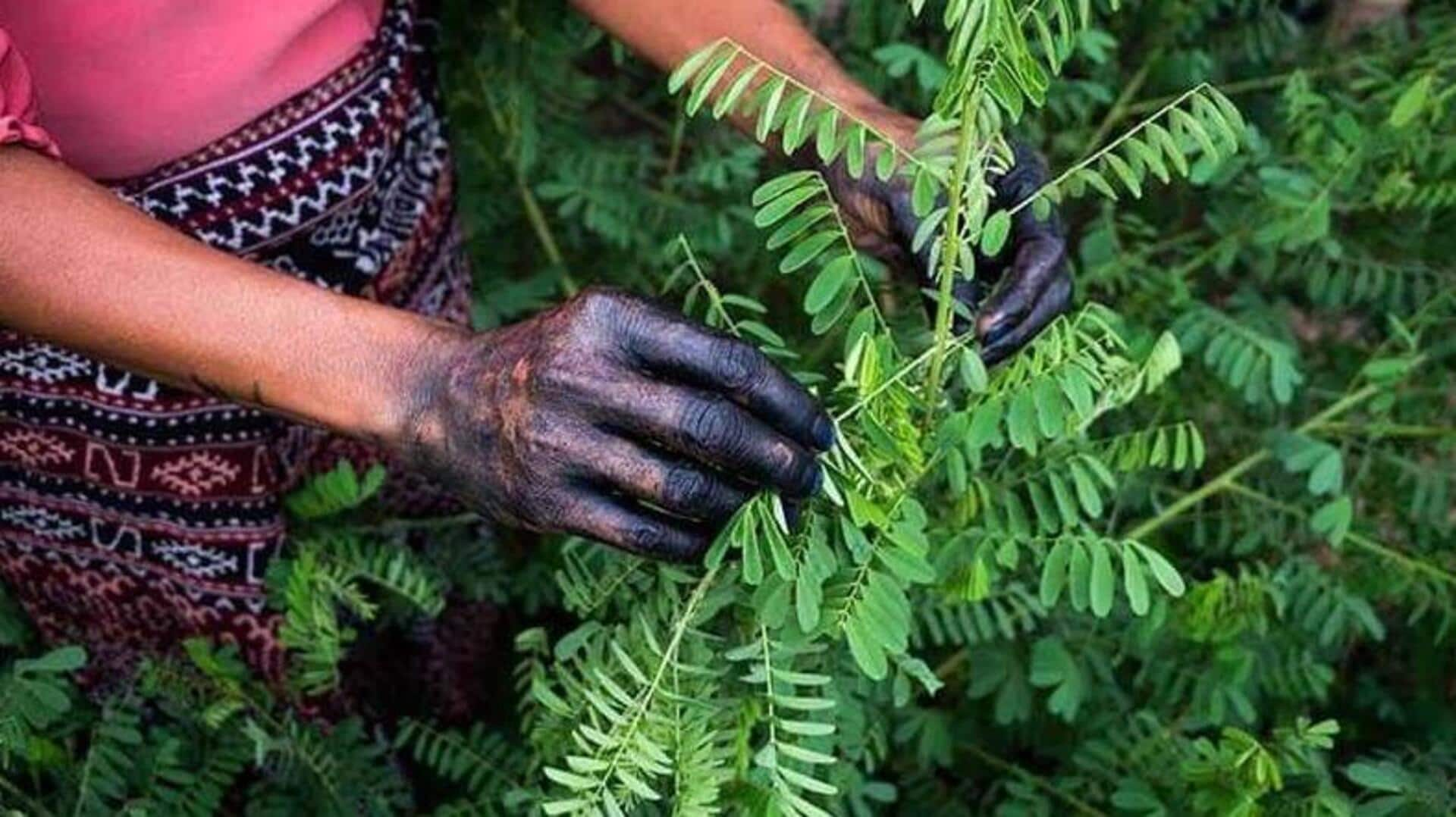
Plants for natural hair dye: Tips to grow and apply
What's the story
Move over chemical hair dyes, city folks are now growing their own natural hair colors on rooftop gardens! This article teaches you how to turn your green space into a DIY hair dye haven. Learn which plants to grow for different shades, how to prepare your dye, and tips for applying it. Get ready to rock rooftop garden glam at your next (sustainable) hair makeover.
Selection
Choosing the right plants for your hair color
To make natural hair dyes at home, you need to know which plants to use. Henna leaves produce red tones, indigo gives you deep blue and black, and chamomile flowers can lighten hair or provide blonde highlights. Every plant has its own characteristics and color possibilities, so doing your homework is key to achieving the results you want.
Preparation
Preparing your natural dye
Once you've collected your desired plants, the next step is creating the dye. This typically involves drying and grinding the plant material into a fine powder, which is then mixed with water or another solvent to create a paste. The thickness and concentration of this paste will greatly influence the final color, so you may need to experiment a bit to get the shade you want.
Application
Application techniques for best results
Using natural dye from rooftop garden greens takes a bit more time and care. Unlike chemical dyes, these natural options require a longer application time, often several hours or even overnight, to achieve a noticeable color change. Covering your head with plastic wrap or a shower cap helps to keep the dye mixture warm and moist, which can improve the color transfer to your hair.
Maintenance
Caring for your naturally dyed hair
Proper aftercare is crucial to making sure your fresh hue sticks around for more than a hot minute. Rinsing with lukewarm water (not hot!) and using sulfate-free shampoos will help keep natural dyes vibrant. And don't forget to show your locks some love with regular conditioning treatments. Dyed hair needs extra hydration to stay healthy.
Gardening
Tips for growing dye-producing plants
To effectively grow dye-producing plants in a rooftop garden, choose containers with excellent drainage to prevent root rot. Utilize premium organic soil, enhanced with compost, to promote healthy growth. Provide regular watering and a minimum of six hours of sunlight daily to the plants. Follow these tips to cultivate lush plants for your natural hair dyes.